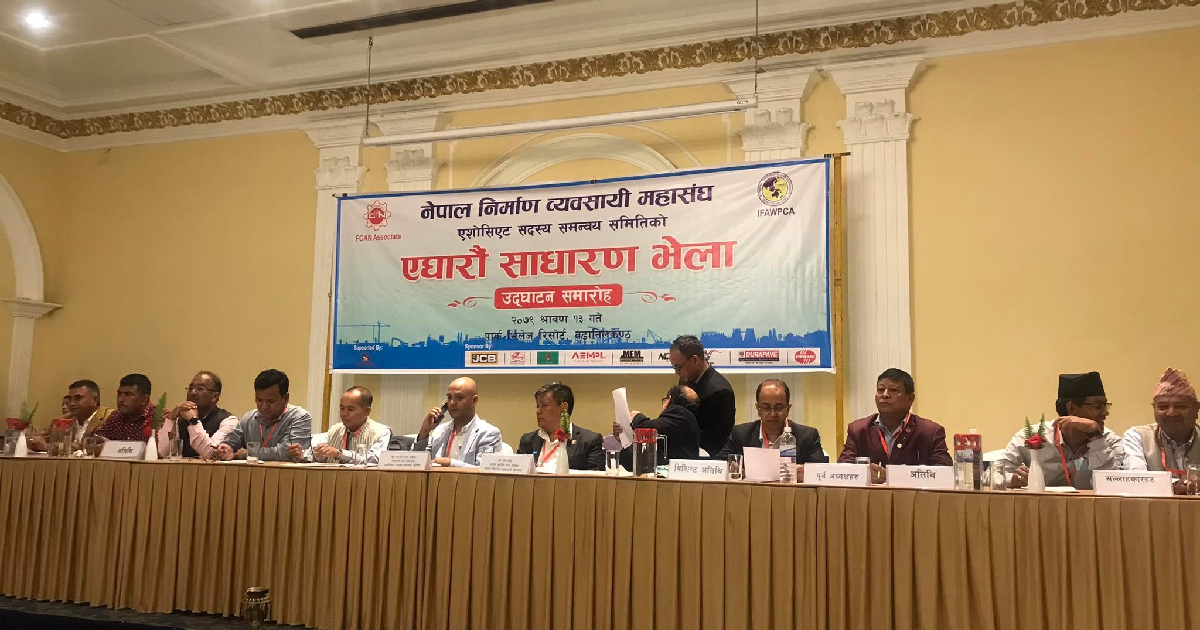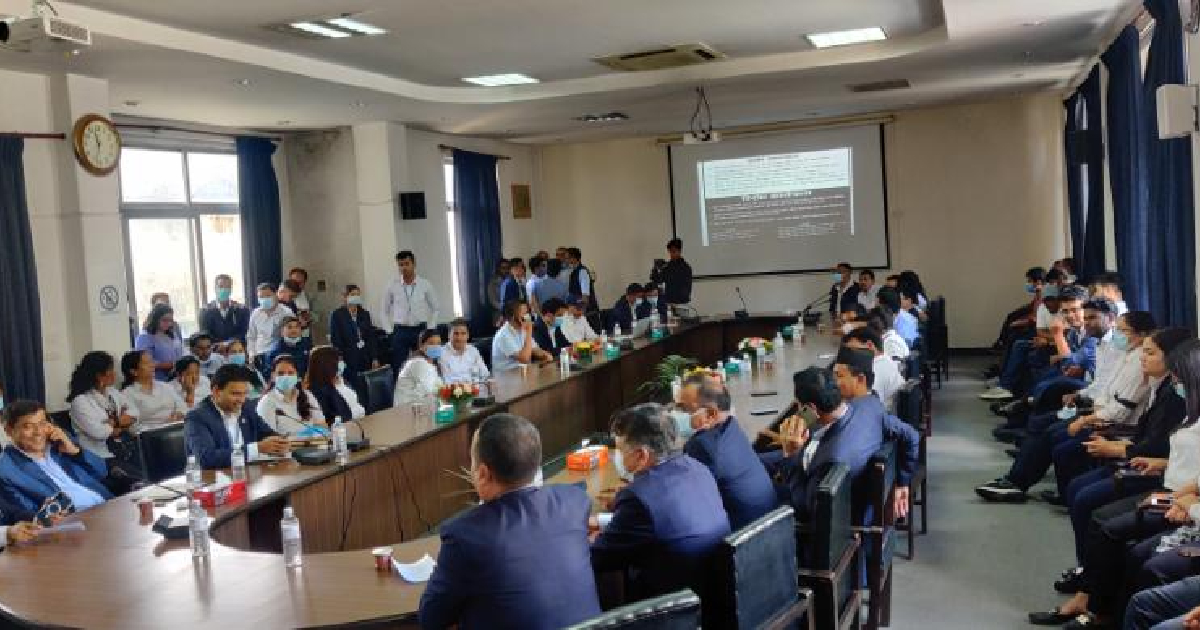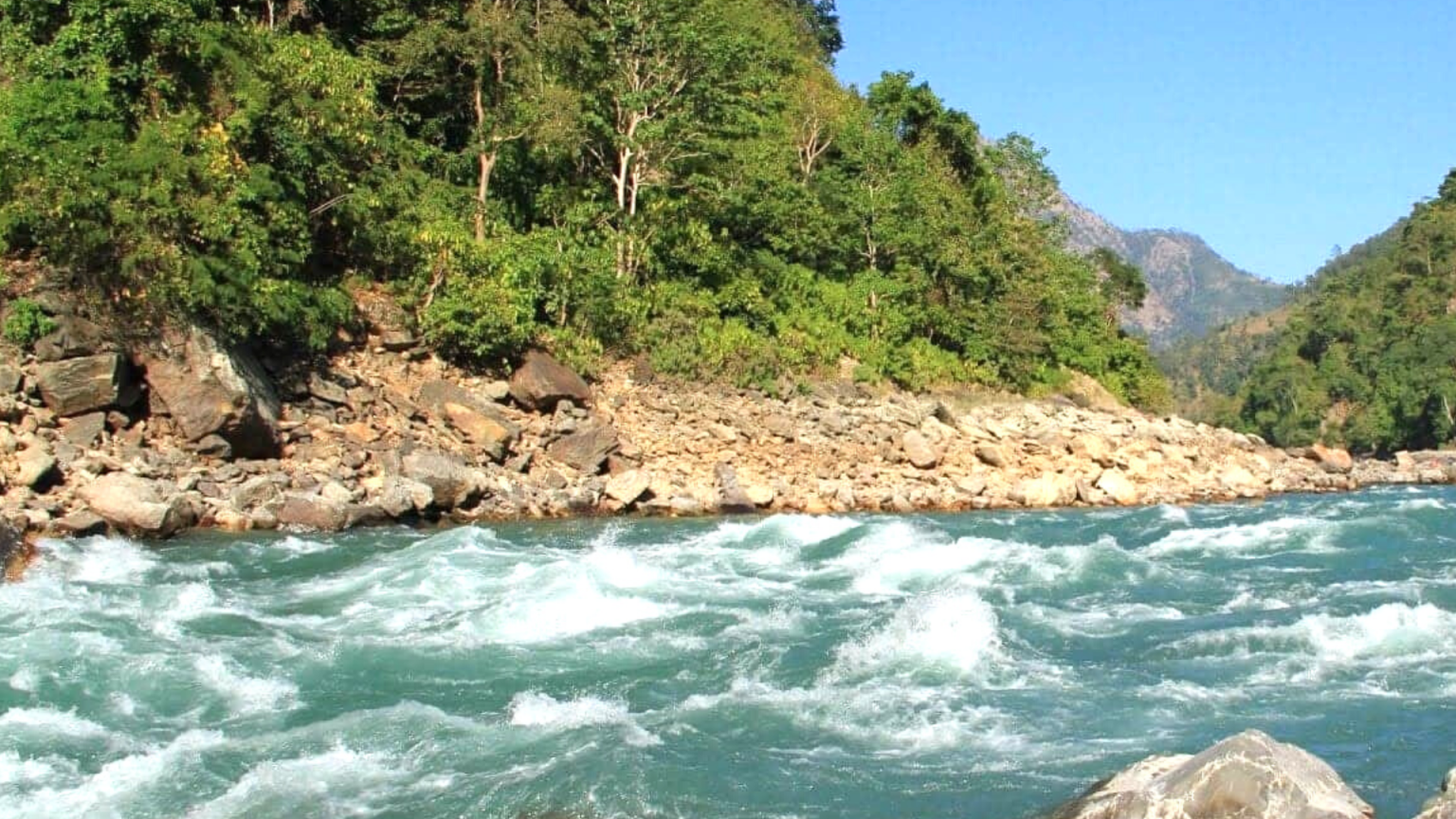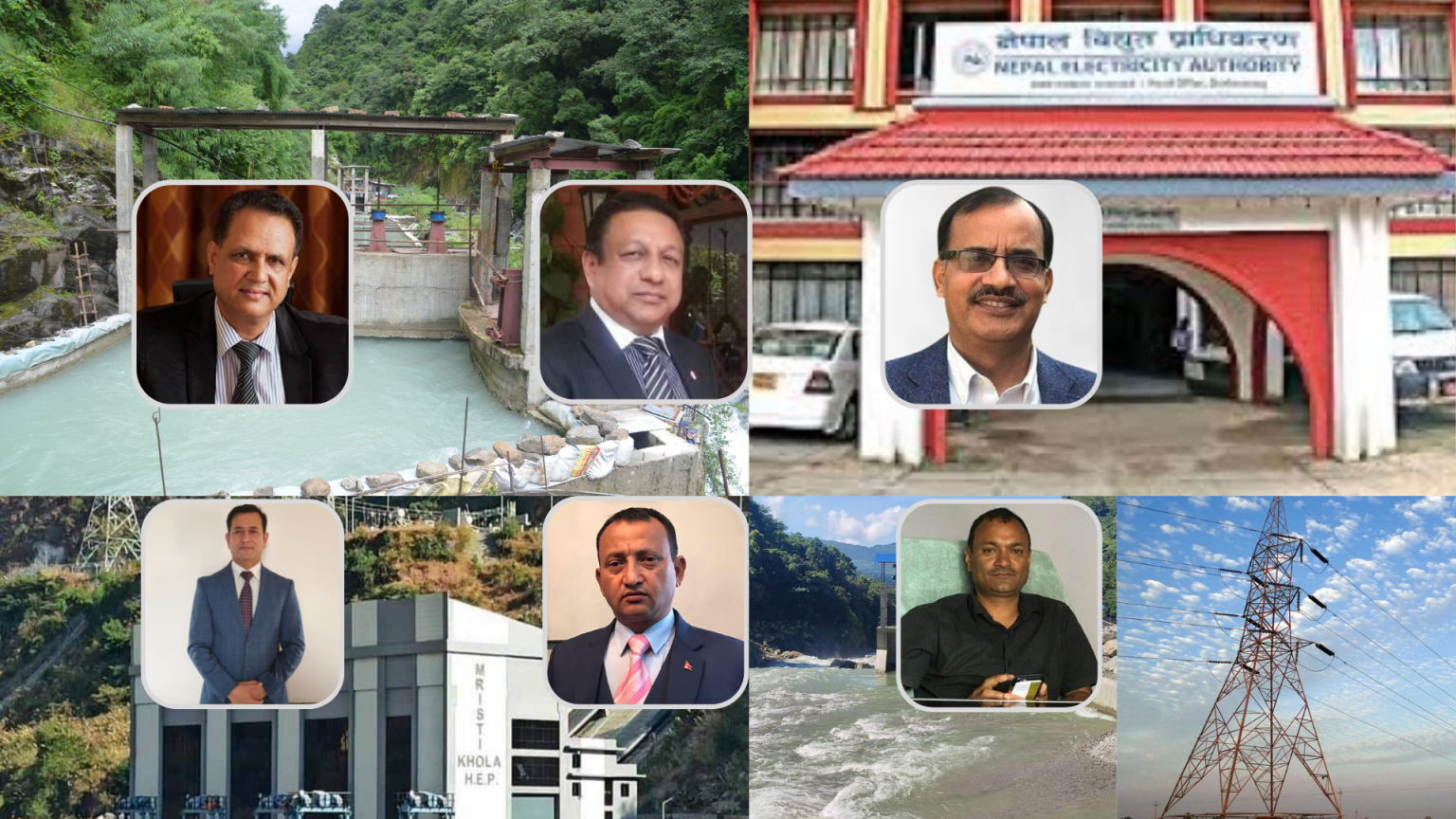

KATHMANDU: Developers of more than three dozen operating hydropower projects lost Rs 2 billion in revenue after the Nepal Electricity Authority (NEA) ordered them to stop electricity generation. The NEA, the state-owned sole power trader, disconnected those hydropower projects from the transmission system stating that all the electricity produced by the private sector cannot be transferred to the existing power structure which resulted in a huge loss.
From mid-April, the water level in the river and stream increased, and the hydropower plants began to operate at full capacity, and the LDC of NEA started giving verbal notices to the promoters to partially operate or close the power plants. As the NEA did not buy all the electricity produced by private developers inflicting a loss worth Rs 2 billion during the period from mid-April to mid-November.
The NEA’s Load Dispatch Centre (LDC) completely disconnected the power generated by private producers with different substations of the national grid. As a result, most of the hydropower project promoters have not been able to sell electricity produced since mid-April. This report is based on the views of affected power producers and responses from the NEA.
Ganesh Karki, Acting Chairman of the Independent Power Producers’ Association, Nepal (IPPAN)


The private sector-developed hydropower plants are not operating more than 12 hours daily due to moves by the NEA. Since mid-April, the water level in the rivers and streams increased and the power plant of the hydroelectric project began to operate at full capacity, the LDC started giving verbal information to the promoters to partially operate or close the power plants. Dozens of hydropower projects that have already come into operation could not be able to run at full capacity from mid-May till mid-November. Even though the electricity of some hydropower plants seems to be wasted during the night. This year, some of the hydropower projects added to the national grid could not sell all the electricity produced in the monsoon. After completing the construction of projects with the investment of billions of rupees developers now are facing huge financial losses. This situation has discouraged the private sector.
The news that the NEA has earned billions by selling excess electricity to the Indian market this year is still getting popularity. This is a matter of happiness not only for all the electricity producers but also for the country as a whole.
While the NEA has been regularly selling electricity to the Indian market since mid-May, it is also a reality today that billions of rupees of electricity from the hydroelectric power plants of the indigenous private promoters have flowed into the stream. As the NEA did not buy all the electricity produced by private developers inflicting a loss worth Rs 2 billion during the period from mid-April to mid-November.
From mid-April, the water level in the river and stream increased, and the hydropower plants began to operate at full capacity, and the LDC started giving verbal notices to the promoters to partially operate or close the power plants. Today, the private sector is facing a big problem when the NEA, without formal written notification, gives instructions to shut down the production of hydroelectric plants for more than 12 hours a day.
The promoters who have invested billions and completed the construction of the hydroelectric projects and connected it to the transmission system have reached a state of bankruptcy due to not being able to pay the interest of the bank. The IPPAN, an umbrella organization of private power developers, also brought the issue to the attention of the Ministry of Energy, Water Resources, and Irrigation.
After signing the Power Purchase Agreement (PPA) with the promoters, the responsibility of managing the electricity market lies with the NEA. Even now, the NEA cannot properly manage the market for the sale of electricity produced within the country.
Narayanababu Adhikari, Executive Director, Ghalemdi Hydro Company
The 5 MW Ghalemdi hydroelectric project built in Mygdi has been in trouble ever since it came into operation. It’s been three years and our electricity is always getting wasted. There is an instruction to shut down the power plants for 10 hours daily. We are in great pain when the electricity authority does not buy all the electricity produced.
In some places, electricity is imported from India but the electricity produced in the country is not being used. How are we going to pay the bank loan? The bank is not going to leave us. For how long are we going to pay the loan by selling our possessions?
Due to not being able to sell electricity, the company has now incurred a cumulative loss of Rs 150 million.
Vishnu Adhikari, Director, Synergy Power Company
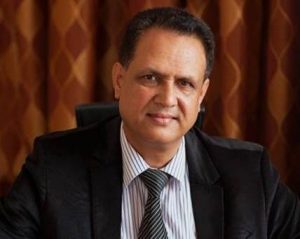

The NEA has not purchased all the electricity generated by 10-MW Sipring Khola Hydropower Station since mid-June. According to verbal instructions from the LDC of NEA, we have been forced to stop production.
During the time when it is time to generate more electricity and generate more income, the NEA issued an order to close the power plant during that period, so Sipring could not run at full capacity for 5 months. During this period, the company lost more than Rs 60.5 million due to large amounts of electricity wastage. From mid-June to mid-November, the hydroelectric plant could not run for more than 4 hours a day.
At a time when it would have been more profitable to produce maximum electricity, there was an instruction from the authority that the power plant had to be shut down.
The 7.5 MW Upper Khorunga Khola hydropower project operating in Tehrathum also could not run at full capacity this year.
Mohan Dangi, Executive Director, Terhathum Power Company


The 7.5 MW Upper Khorunga Khola hydropower project promoted by our company was connected to the national transmission line on February 29, 2020. Even in the year when the production started, the NEA did not purchase all the electricity produced during the drought due to the problem with the transmission line.
Since mid-August, all the electricity produced by the project has not been purchased by the NEA, the promoter Terhthum Power Company, which has lost Rs 30 million in income.
I thought that until the Tumlingtar-Inaruwa transmission line of 220 KV Koshi Corridor was commissioned, electricity would have to be wasted during the drought. However, even after the Koshi Corridor transmission line has been put into operation, the NEA has not purchased all the electricity from the monsoon of the Upper Khorunga River this year. After the transmission line problem was solved, the hydropower plant started running at full capacity on September 4, 2022. Not even a week after that, the instructions to ‘reduce production/shut down the power plant’ started coming from the NEA.
Mohan Bikram Karki, Chairman, Ashutosh Energy Company
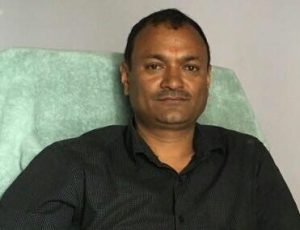

The 8 MW Chepekhola which was built in Lamjung was connected to the national transmission system this year. Even though electricity production was officially started on October 2, the Chepekhola hydropower plant could not run at full capacity.
There was a compulsion to close the power plant after verbal instructions came from the NEA. The NEA used to take electricity only when they needed it, considering their convenience. At other times, there was news that it would be closed. Even as December came, this trend is still the same.
The project was forced to waste all the electricity consumed, especially at night. The power plant, which was closed at 9 o’clock at night, used to be closed till morning. Our company has lost Rs 30 million in income due to not being able to produce regular electricity at full capacity between mid-September and November.
Guru Prasad Dhakal, Executive Director Himalayan Power Partner Company
The 27 MW Dordi Khola project, which has been in operation for 8 years after suffering from earthquakes, blockades, floods, and transmission line problems, has lost an income of Rs 80 million due to not being able to sell all the electricity produced.
Since the authority did not purchase all the electricity from the project connected to the transmission system from mid-September, it is now unable to pay the bank’s interest.
Due to the non-sale of electricity, private sector investment in hydroelectricity has sunk, so no one will come to invest in this sector.
Gyanendra Lal Pradhan, President, CNI, Energy Development Council


The NEA has not yet been able to construct the Kusma-Butwal section of the Kaligandaki corridor transmission line due to various reasons. This is affecting the hydropower project that flows through the Kaligandaki corridor transmission line. As this section of the transmission line is not ready, the electricity of all private sector hydropower plants connected to the Dana substation is being wasted.
Although the flow is at 220 KV to Dana, the 132 KV transmission line from there is not able to meet the capacity of the transmission line. Thapakhola, Ghalemdi, Mistrikhola, and all other projects have lost electricity.
The 42 MW Mistri Khola runs only at 26 MW. All the remaining electricity is flowing into the river. I see the incompetence of the NEA in such a situation. The lower Modi project of 20 MW could not run at full capacity for several years. Sometimes 20 MW ran at 10 MW, and sometimes it stopped. There has been a report of loss of income of more than Rs 250 million in the last 7 months. The authority cannot make arrangements to purchase electricity from the private sector even if it buys it at an average price of Rs 5.16 per unit and sells it to India at an average price of Rs 8.5. This is a big loss for the promoter, Swam Power Authority, and the nation.
If the electricity authority had purchased all the electricity produced by the private sector hydropower plants, the export volume would have increased further. Nepal could earn more foreign currency by exporting electricity.
Suresh Bahadur Bhattarai, Spokesperson, and Head of the System Operations Department, NEA
This problem has arisen because the structure was not able to take a load of electricity as much as it was produced because they were ready to leave the substation that was previously contracted and connect the electricity to another substation.


When the PPA was signed, the transmission line and substation were fixed. However, by the time the project is completed, the electrical infrastructure such as substations and transmission lines to which the electricity will be connected was not ready. Due to the weakness of the promoters, who shifted from the already agreed structure to another one, the NEA is compelled to quit purchasing the power as per agreement.
This problem did not occur in the hydroelectric power plants connected to the substations that were built, while this problem occurred in hydropower projects that did not connect electricity to the substations as per the transmission agreement. After the projects are completed, the promoters announced that they will connect it to an alternative substation. This problem has arisen because the structure was not able to take a load of electricity as much as it was produced because they were ready to leave the substation that was previously contracted and connect the electricity to another substation.
The promoters are ready to connect the electricity at an alternative location as the substation and transmission line with which the transmission agreement was earlier could not be constructed due to various reasons. Since the previously agreed structure has not been built, although it is natural to connect to the alternative substation, it is not possible to take all the production of the hydroelectric power plants connected to the alternative as the capacity of the substation to which the electricity is connected cannot be supported. Therefore, due to overload and the network, the hydroelectric plant does not run at full capacity for 24 hours.






